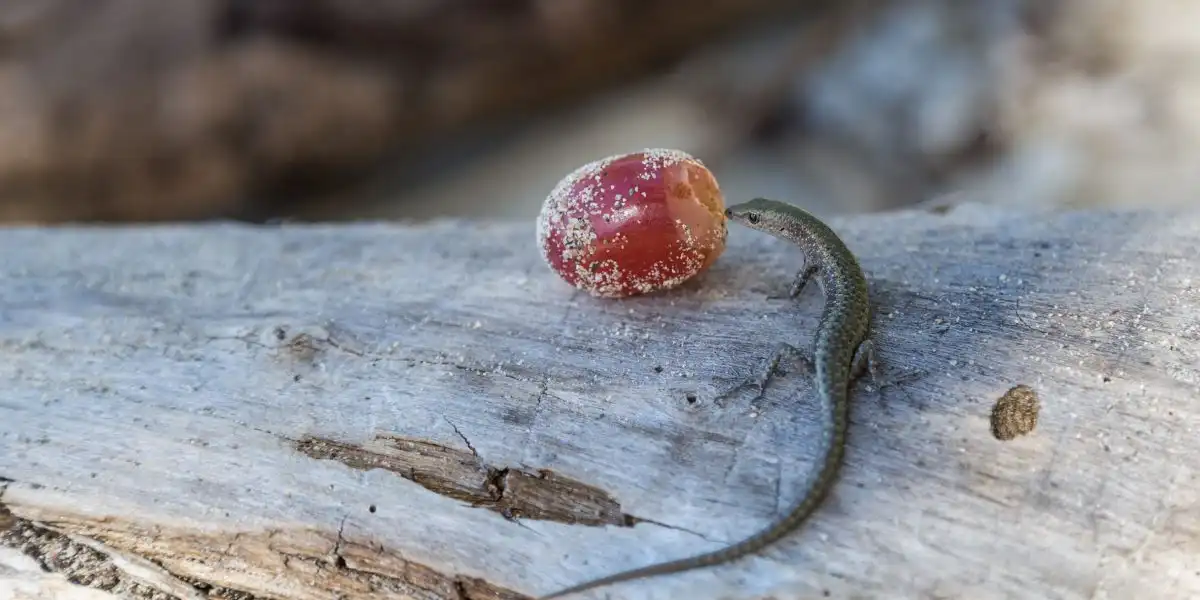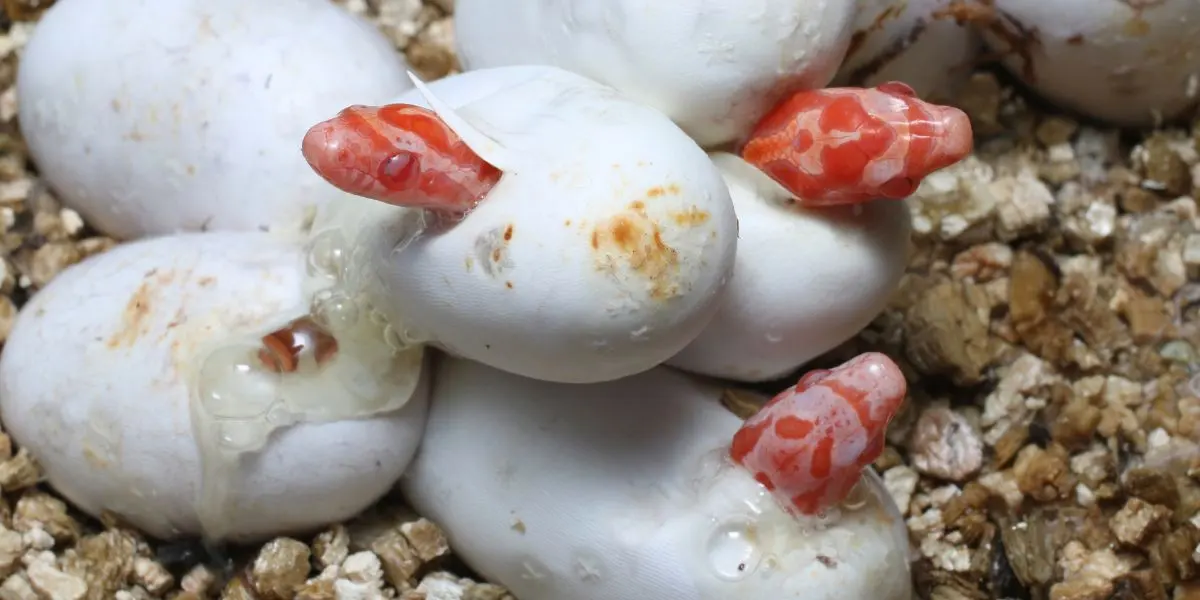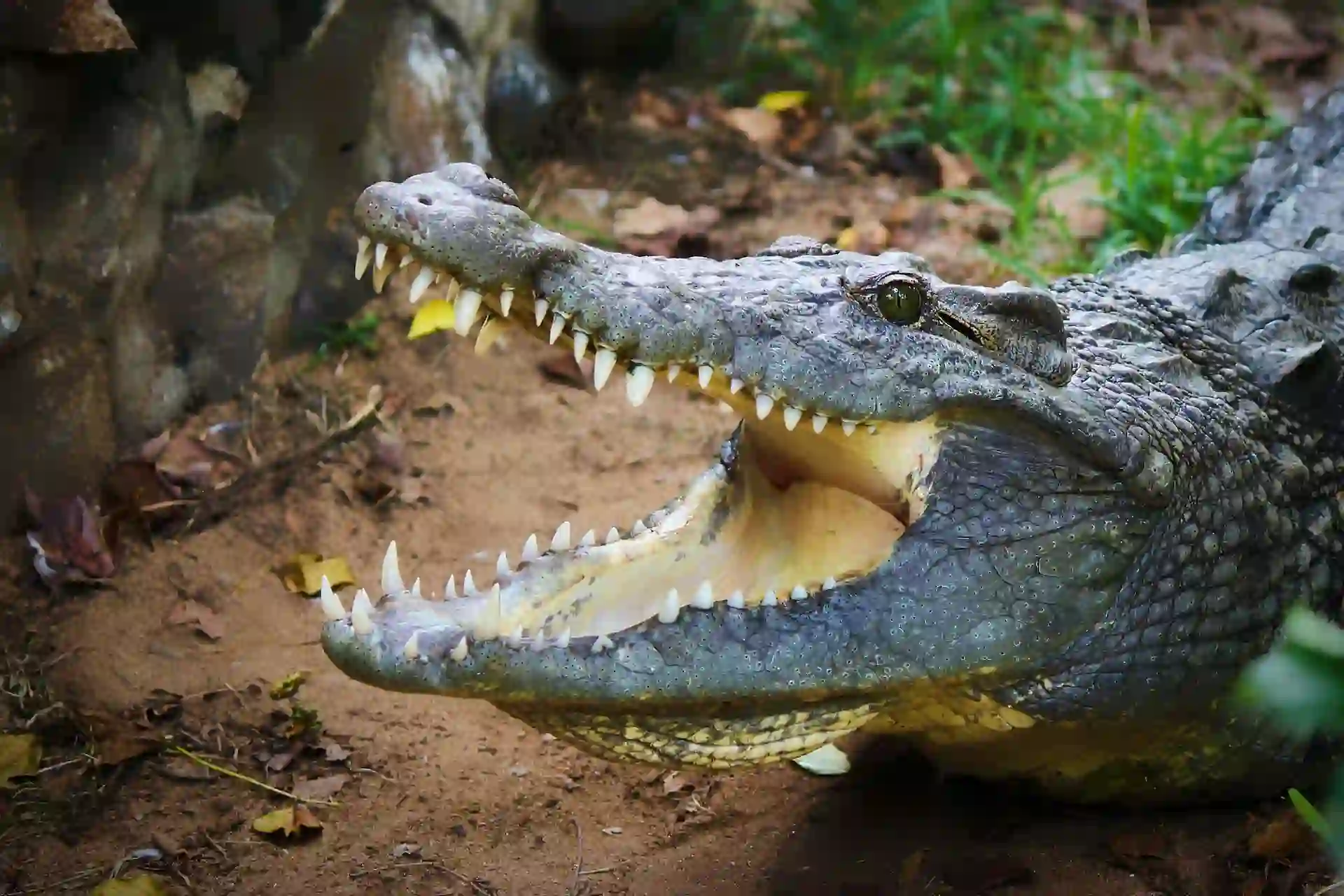Lizards, those remarkable creatures that have captured the fascination of humans for centuries, are a diverse and intriguing group of reptiles. With over 6,000 known species scattered across the globe, lizards come in all shapes and sizes.
From the tiny geckos that cling to walls with their sticky toe pads to the mighty Komodo dragons, which can grow up to 10 feet long and weigh over 150 pounds, each species has its own unique set of traits. One of the defining characteristics of lizards is their cold-blooded nature.
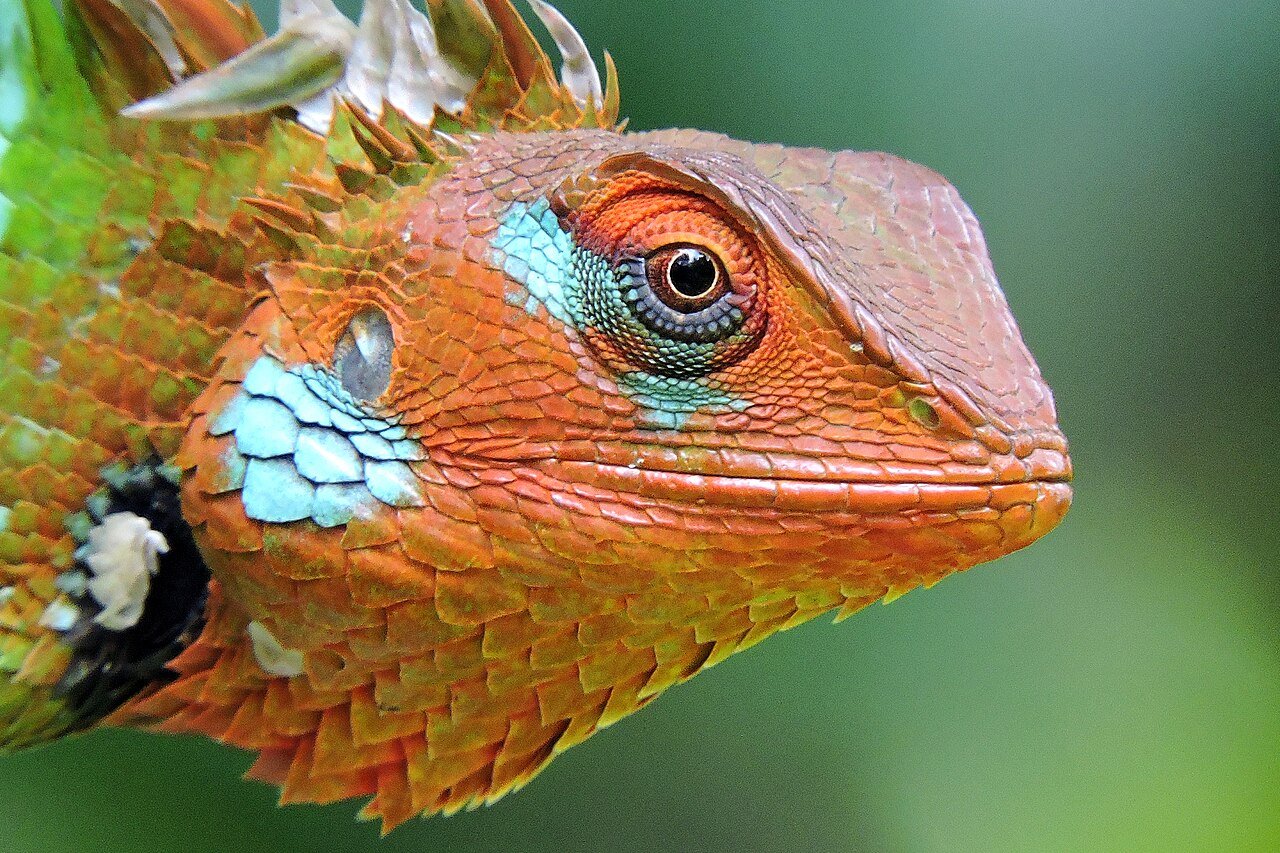
From its jaw-dropping ability to adapt to any climate, its awe-inspiring physical features, to its mind-boggling communication methods, you won’t believe what these scaly creatures can do! Journey with us as we explore the lizard’s incredible diversity across habitats, from the driest deserts to the lushest rainforests.
Prepare to be amazed by the captivating world of lizards and their immense contribution to our planet’s biodiversity. You won’t believe what you’re about to discover!
Anatomy and Physical Features of Lizards
Lizards possess various fascinating anatomical and physical features. These cold-blooded reptiles vary greatly in size, shape, and coloration, but share a set of common characteristics that define them as lizards. Let’s dive into the intricate world of lizard anatomy and explore their remarkable physical adaptations.
One notable aspect of lizard anatomy is its diverse body shapes and sizes. Lizard species range from small, delicate creatures like the tiny Pygmy Chameleon to larger predators like the Monitor Lizard.
The top 10 most popular lizard species:
| Species | Average Size | Average Weight (grams) | Average Weight (pounds**) |
|---|---|---|---|
| Bearded Dragon | 18-24 inches | 300-600 grams | 0.66-1.32 pounds |
| Leopard Gecko | 6-10 inches | 45-70 grams | 0.10-0.15 pounds |
| Green Iguana | 4-6 feet | 4.5-6.8 kg | 9.92-14.99 pounds |
| Crested Gecko | 4-8 inches | 35-45 grams | 0.08-0.10 pounds |
| Blue-tongued Skink | 15-24 inches | 500-900 grams | 1.10-1.98 pounds |
| Veiled Chameleon | 14-24 inches | 85-170 grams | 0.19-0.37 pounds |
| Ball Python | 3-5 feet | 1.8-2.7 kg | 3.97-5.95 pounds |
| Tokay Gecko | 10-14 inches | 100-200 grams | 0.22-0.44 pounds |
| Anole | 5-8 inches | 5-10 grams | 0.01-0.02 pounds |
| Uromastyx Lizard | 10-18 inches | 300-700 grams | 0.66-1.54 pounds |
Some lizards have elongated bodies with slender limbs, while others exhibit a more robust build with short legs and a stout tail. The Armadillo Lizard boasts bony plates along its back for enhanced protection—an armor-like defense against potential predators.
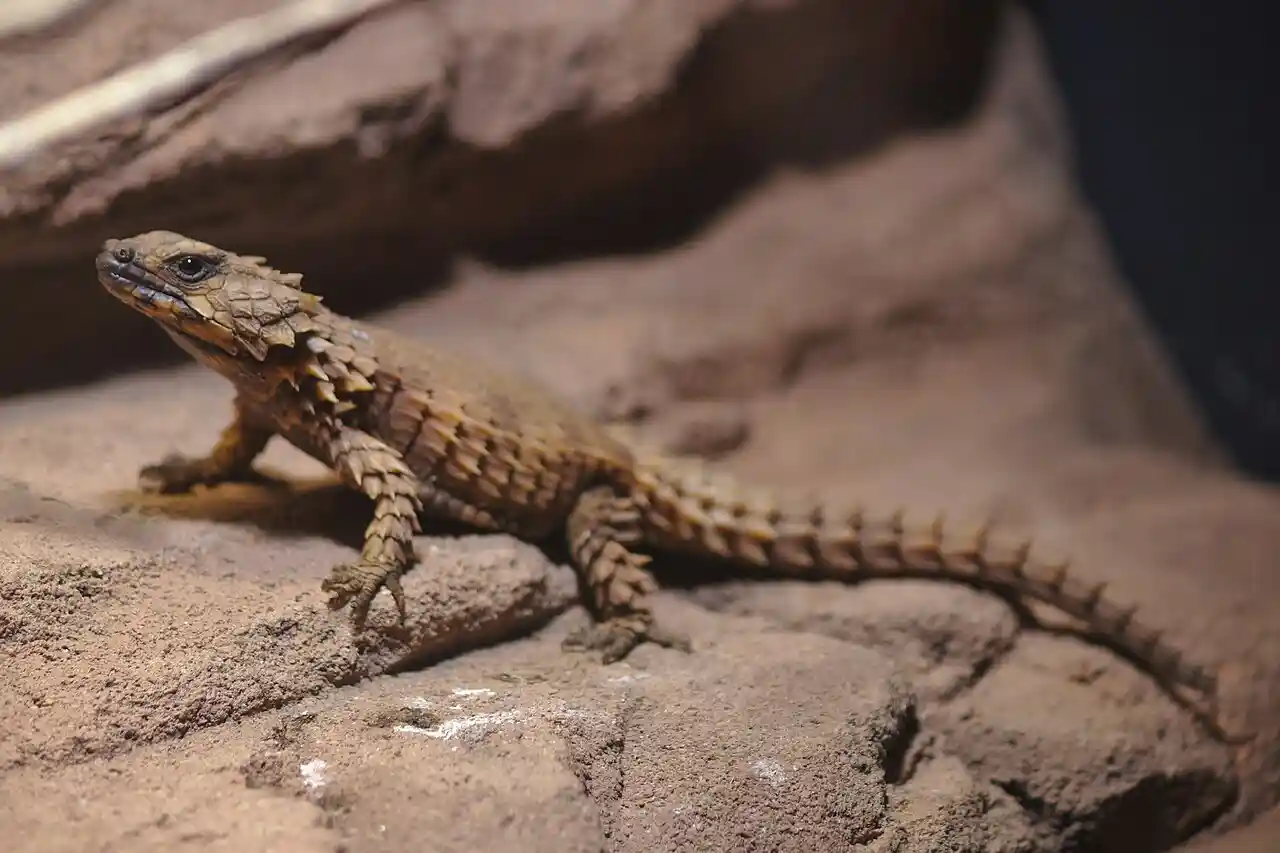
Lizard physical characteristics extend beyond just their body structure. Their skin is covered in scales that serve multiple purposes—protection against external injuries, minimizing water loss through evaporation, and regulating body temperature.
These scales can vary greatly in texture and appearance across different species; some lizards possess smooth scales while others bear rough or spiky textures for additional camouflage or defensive purposes. One intriguing feature found in certain lizard species is their ability to change coloration.
Known as chromatophores, specialized cells within their skin allow these adaptable reptiles to alter their pigmentation for various reasons such as blending into their surroundings or communicating with other lizards. Chameleons are particularly famous for this talent, shifting effortlessly between vibrant hues to match the environment or express emotions.
Lizards also exhibit remarkable adaptations related to locomotion. Many species have strong limb muscles that enable swift movement on land or up vertical surfaces like tree trunks or walls—a skill useful both in hunting prey and escaping from potential predators.
Some lizards have evolved unique appendages for traversing habitats such as gliding membranes found on flying lizards which allow them to glide gracefully from tree to tree. In terms of defense mechanisms, lizards possess an array of strategies.
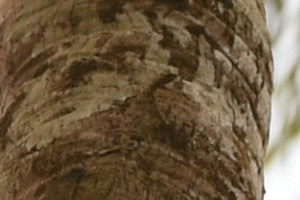
Some species employ camouflage techniques to blend into their surroundings, while others rely on physical adaptations such as sharp claws or strong jaws to ward off threats. Certain lizards even possess venomous glands—like the Gila monster or the Komodo dragon—that inject toxic substances into their prey, aiding in hunting and survival.
Lizard anatomy also encompasses fascinating reproductive adaptations. Female lizards often lay eggs, burying them in warm soil or sand for incubation.
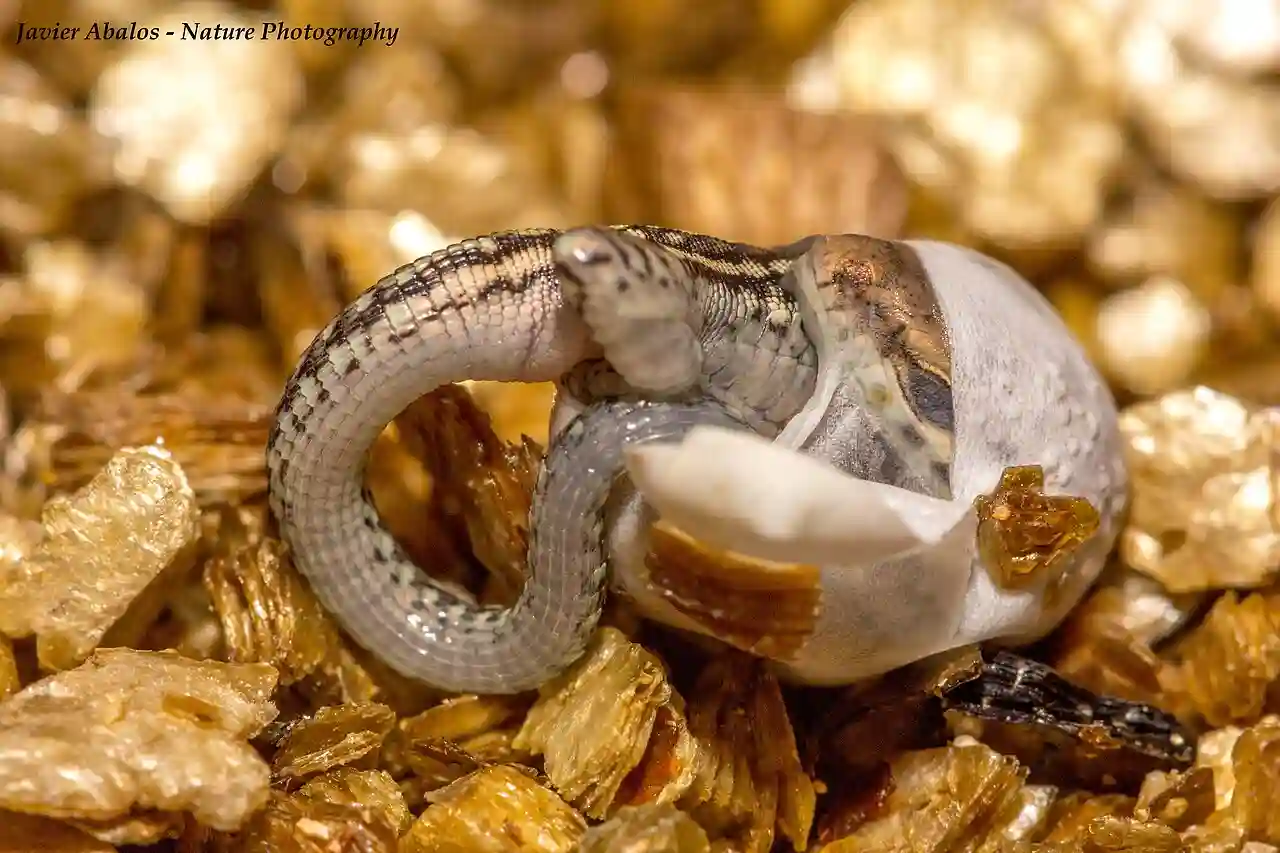
However, a few lizard species give birth to live young, carrying them within their bodies until they are ready to emerge into the world—an aspect that sets them apart from many other reptiles. From head to tail, inside and out, lizard anatomy is a testament to the marvels of evolution and adaptation.
These captivating creatures have evolved an astonishing range of physical features that allow them to thrive in various habitats around the globe. Understanding their anatomy provides insight into their incredible diversity and helps us appreciate these enchanting reptiles even more.
Diversity of Lizard Species
Lizards, with their vast array of shapes, sizes, and colors, encompass a fascinating world of biodiversity.
With over 6,000 known species and counting, these scaly creatures have managed to adapt and thrive in various environments across the globe. From the venomous Gila monster to the legless lizard species found in some parts of the world, lizards showcase an incredible range of physical characteristics and adaptations.
One remarkable aspect of lizard diversity lies in its size. At one end of the spectrum, we have the smallest lizard species like the Jaragua Sphaero or Dwarf Gecko (Sphaerodactylus ariasae), which measures a mere 0.6 inches long.

Imagine holding this tiny creature on your fingertip! On the other end, we find giants such as the Komodo dragon (Varanus komodoensis), known as the largest lizard species with males reaching lengths up to 10 feet!
These impressive reptiles truly embody magnificence. When it comes to diet and feeding habits, lizards exhibit a wide variety of preferences depending on their ecological niche.
Some lizards are insectivorous and rely on a diet primarily composed of insects like crickets and grasshoppers. Others are herbivores that munch on leaves and fruits, contributing to seed dispersal in their habitats.
The iconic chameleon is well-known for its ability to catch prey using its specialized tongue while monitor lizards are renowned for their predatory prowess. Native lizard species can be found on every continent except Antarctica – proof that these scaly creatures have managed to colonize almost every corner of our planet.
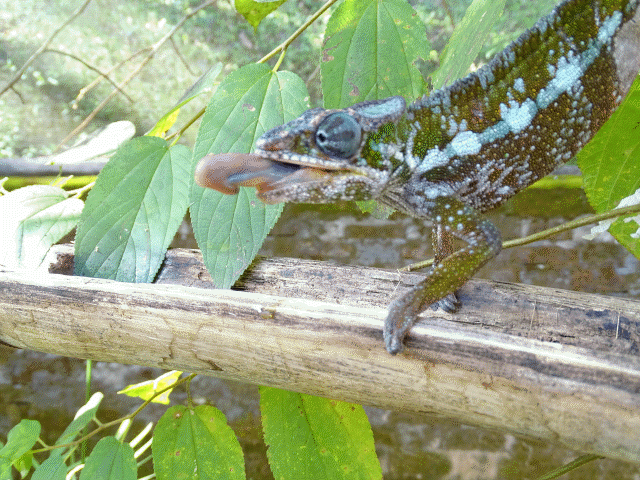
For instance, North America boasts several unique native lizard species such as horned lizards (Phrynosoma sp.) known for their distinctive spikey appearances. In Australia alone – renowned for its diverse wildlife – there are approximately 850 native lizard species!
Lizard parental care also showcases an interesting facet of their diversity. While some lizard species lay eggs and provide no further care, others show remarkable investment in their offspring.
Take the viviparous lizard (Zootoca vivipara), for example; this species gives birth to live young, showcasing a rare behavior among reptiles. Additionally, certain lizard species exhibit parental care by guarding their nests until their eggs hatch, ensuring the survival of their offspring.
As we delve into the fascinating world of lizards, it becomes evident that these reptiles have evolved an array of adaptations and defenses to survive in different environments. Some lizards have developed gliding abilities, allowing them to gracefully soar through the air using specialized skin flaps.
Others rely on camouflage techniques or use bright colors as a warning signal to potential predators about their venomous nature. In terms of taxonomy, lizards are classified under the order Squamata, which also includes snakes and amphisbaenians (legless lizards).

Lizards are further divided into suborders and families within this order based on anatomical characteristics and genetic similarities. The sheer variety within the lizard kingdom never ceases to amaze.
From territorial lizards engaging in fierce battles over territory to those with extraordinary lifespans exceeding 30 years – there seems to be no end to the marvels these creatures offer! So next time you spot a lizard basking in the sun or scurrying across your path, take a moment to appreciate its uniqueness and contribution to our planet’s incredible biodiversity.
Locomotion and Adaptations of Lizards
Lizards are fascinating creatures that have evolved various locomotion techniques and adaptations to survive in diverse habitats around the world. From their unique physical characteristics to their behavior, lizards have developed an array of tools that enable them to move swiftly and thrive in their environments.
One of the most distinctive adaptations of lizards is their ability to cling onto surfaces using specialized toe pads. These tiny structures, called lamellae, are covered in microscopic hair-like structures known as setae.

This feature allows lizards to effortlessly scale walls, trees, and even vertical glass surfaces. Whether it’s the incredible grip of geckos or the arboreal maneuvers of anoles, these toe pads provide lizards with exceptional climbing abilities.
Another astonishing form of locomotion seen in some lizard species is gliding. Gliding lizards possess wing-like extensions on either side of their bodies that allow them to glide between trees or across open spaces.
The Draco lizard, also known as the “flying dragon,” can extend its ribcage and use long membranes attached to its ribs to glide through the air gracefully. In addition to climbing and gliding abilities, some lizards have developed remarkable speed on land.
The spiny-tailed iguana, for instance, relies on its powerful hind legs for quick bursts of sprinting when necessary. On the other hand, legless lizards have adapted to a burrowing lifestyle by losing their limbs entirely but still retain the ability to move effectively through wriggling motions.
Lizard adaptations aren’t limited solely to locomotion; they also involve defense mechanisms that protect them from predators. Some species are equipped with sharp teeth and claws for hunting small prey or defending themselves against attackers.
Others rely on camouflage techniques such as blending into their surroundings or changing coloration patterns when threatened. Certain lizard species possess venomous glands used for defense or capturing prey.
These include the Gila monster and various species of venomous snakes, such as the Komodo dragon. These venomous lizards have a specialized bite that injects toxic substances into their victims, incapacitating them or causing severe harm.
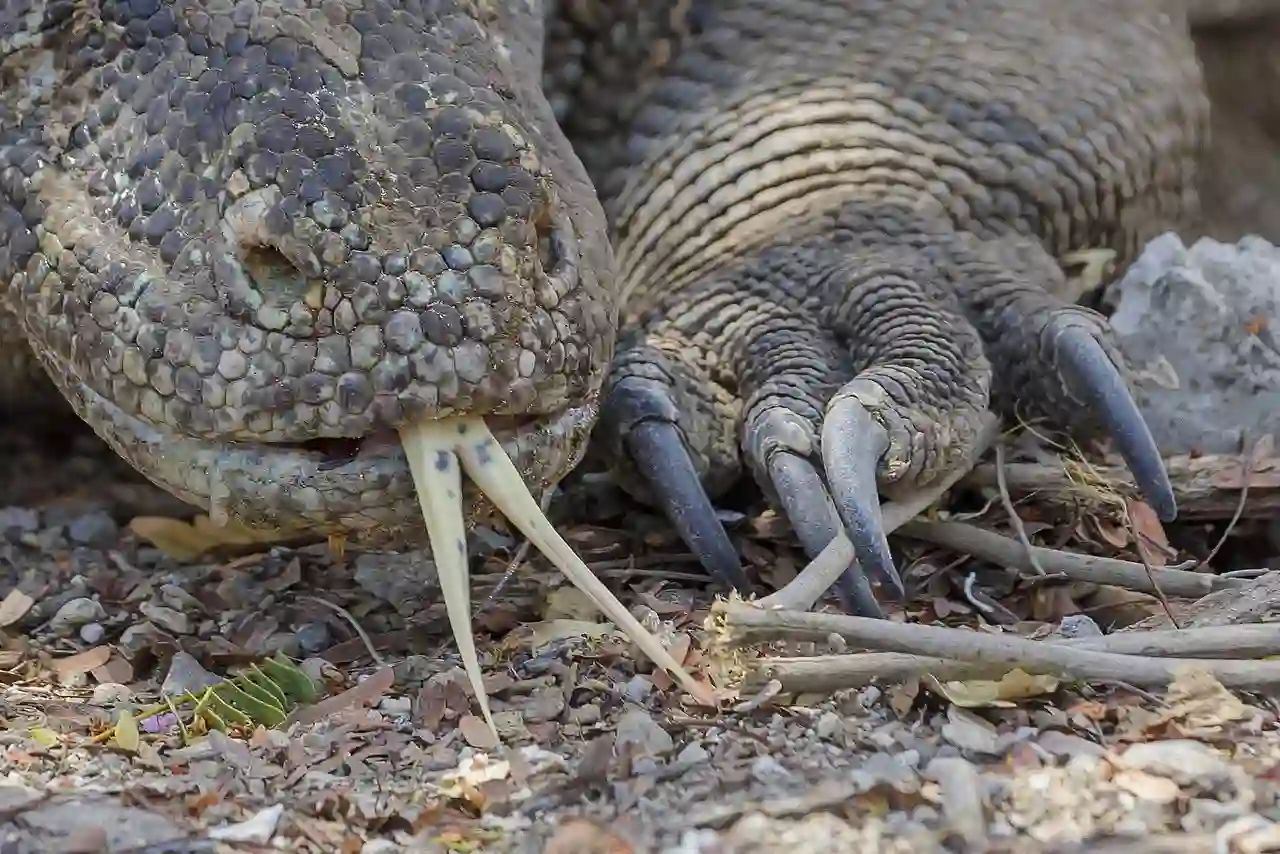
Moreover, lizards’ ability to regulate their body temperature by basking in the sun makes them cold-blooded creatures. This adaptation allows them to conserve energy and stay active in different climates.
In colder conditions, lizards can reduce metabolic rates and enter periods of dormancy known as brumation. Lizards have successfully adapted to various habitats worldwide, ranging from arid deserts to lush rainforests.
Some species are iconic inhabitants of specific regions, like the frilled lizard of Australia or the armadillo lizard found in southern Africa. However, they can also be found in unexpected places like urban environments, where they adapt to human-modified landscapes.
Understanding the locomotion techniques and adaptations of lizards provides valuable insight into their incredible diversity and survival strategies. From climbing abilities and gliding skills to venomous bites and camouflaging techniques, these remarkable creatures continue to captivate scientists and nature enthusiasts alike with their evolutionary marvels.
Lizard Reproduction and Life Cycle
Lizards, like many other reptiles, go through a fascinating reproductive cycle. Understanding the life cycle of these scaly creatures provides us with insights into their evolutionary adaptations and survival strategies.
Reproduction in lizards varies across species, but most exhibit sexual reproduction. Different types of lizards employ various courtship behaviors to attract mates.
For instance, the frilled lizard, native to Australia and New Guinea, displays its impressive neck frill during courtship as a way to attract potential partners. This stunning display is accompanied by head-bobbing and tail-waving movements that signal receptiveness for mating.
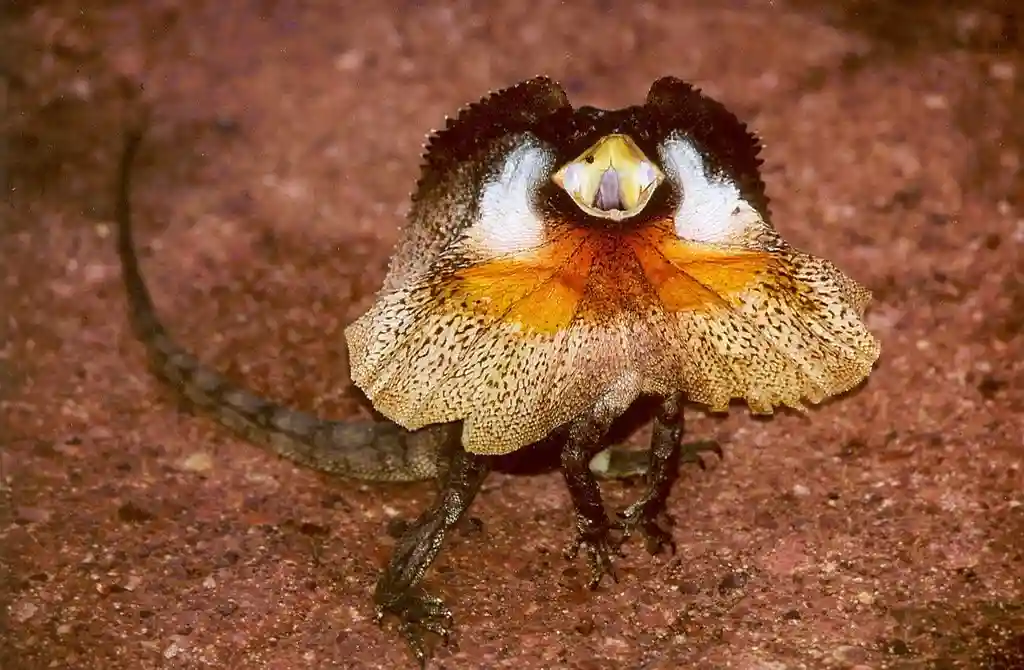
Once a female lizard is successfully courted and has mated with a male counterpart of her species, she undergoes internal fertilization. Lizard reproduction involves the development of young ones within eggs that are later laid.
Different lizard species have varying gestation periods; some take only a few weeks while others may extend up to several months. The armadillo lizard, known for its unique armor-like scales, exhibits an interesting form of reproduction called “ovoviviparity.” This means that instead of laying eggs externally like most lizards do, the female retains the eggs inside her body until they hatch internally.
The young armadillo lizards are then born live from their mother’s body. In contrast, many other lizard species employ oviparity as their reproductive strategy.
After fertilization occurs within the female’s body, she lays eggs in specific locations suitable for incubation—such as sandy beaches or warm soil—ensuring optimal conditions for embryonic development. Some lizard parents display remarkable parental care and guard their nest until hatching occurs to protect their offspring from predators.
The diversity in sizes among different lizard species reflects variations in egg size as well. While some lizards produce large eggs that contain more nutrients for developing embryos (as seen in monitors or largest lizard species), others lay smaller-sized eggs (like those laid by the smallest lizard species) with fewer resources available for embryonic growth.
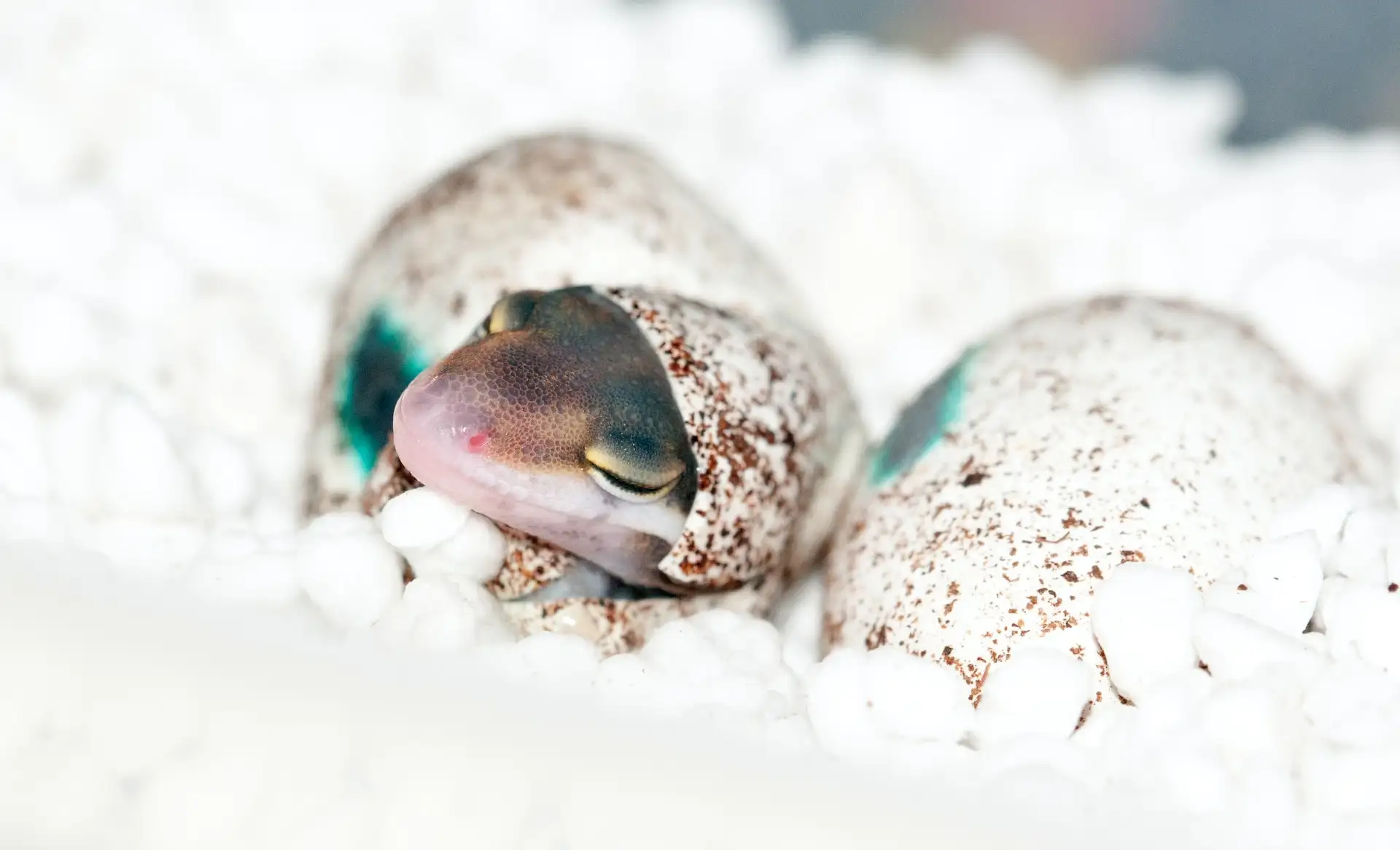
The journey from an egg to a fully-formed lizard varies in duration, depending on the species and environmental conditions. Factors such as temperature and humidity play significant roles in determining the length of incubation.
Once hatched, baby lizards emerge from their eggs and embark on their own independent lives, driven by instinct and innate behaviors. Lizard reproduction is an intricate process that showcases the remarkable diversity in strategies employed by different species.
From courtship rituals to variations in egg-laying techniques, lizards have evolved unique adaptations to ensure the survival of their offspring. Understanding these aspects not only contributes to our knowledge of these fascinating creatures but also emphasizes the importance of conservation efforts to protect these remarkable reptiles and their habitats.
Diet and Feeding Habits of Lizards
Lizards, with their diverse range of species, exhibit fascinating dietary preferences and feeding habits that vary based on their physical characteristics and habitats. From small insectivorous lizards to large carnivorous species, these reptiles have evolved unique strategies to obtain nourishment. Some of the smallest lizard species, such as anoles and geckos, primarily feed on insects.
These agile creatures use their keen eyesight and swift movements to catch prey like flies, mosquitoes, moths, and beetles. Their long tongues quickly lash out to snatch unsuspecting insects from the air or surfaces.
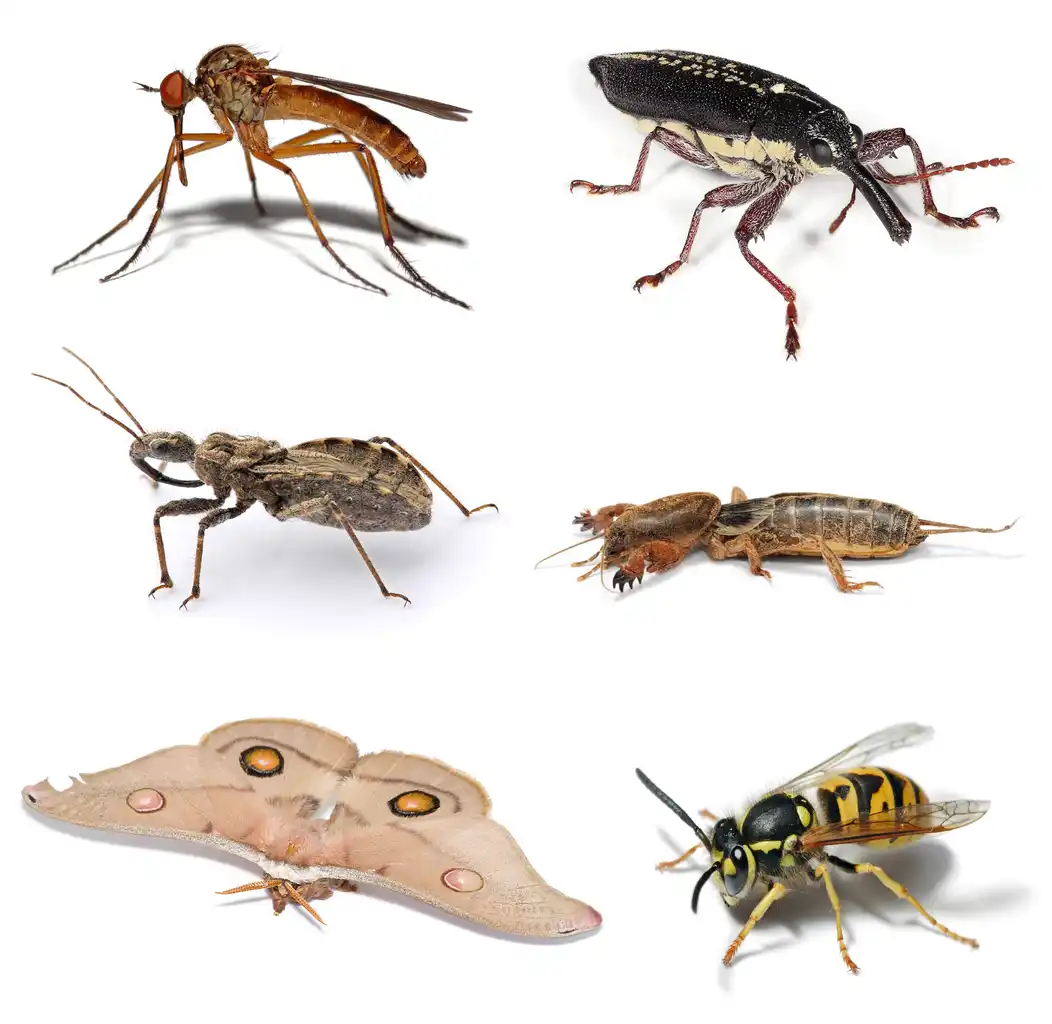
These insectivorous lizards play a crucial role in controlling insect populations in their environments. On the other end of the spectrum are large carnivorous lizards like monitor lizards.
Towering over several feet in length, they are capable hunters known for their voracious appetites. These formidable predators have a diet that includes small mammals, birds, eggs, fish, snakes, and even other reptiles.
With powerful jaws equipped with sharp teeth and strong muscular bodies, monitor lizards are well-equipped for capturing and subduing their prey. Territorial lizards often have specialized diets based on available resources within their range.
For instance, some lizard species living near bodies of water frequently consume crustaceans like crabs or shrimp found along the shoreline. Others may feast on plants or fruits whenever these become available during certain seasons.
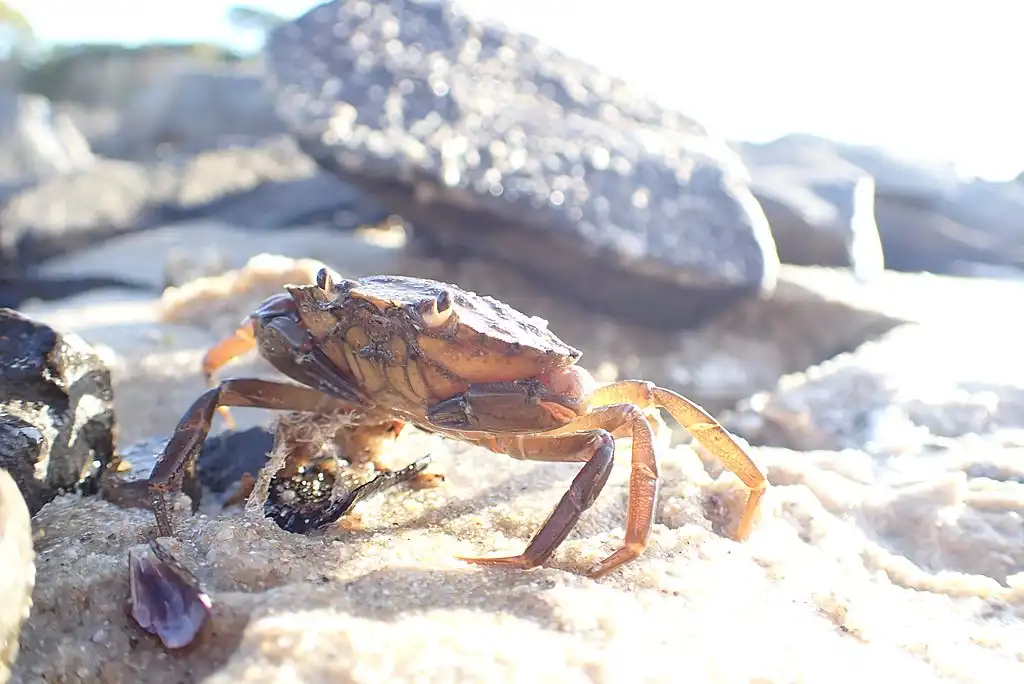
Lizard dietary habits also depend on their chosen habitat. Some arboreal lizards are adept climbers that rely heavily on insects found among trees or foliage for sustenance.
Meanwhile, ground-dwelling lizards can be herbivores or omnivores depending on the location and availability of plant matter or small creatures like spiders or snails. Interestingly enough, some lizard species possess extraordinary hunting techniques or unique adaptations related to feeding behaviors.
Take the frilled lizard as an example; when threatened by predators or in pursuit of prey, it erects a large, fringed membrane around its neck to intimidate or display aggression. Gliding lizards have developed extended skin flaps that enable them to glide effortlessly from tree to tree in search of food.
To ensure their survival and reproductive success, lizards have adapted various strategies for feeding. As cold-blooded creatures, they rely on external heat sources to regulate their body temperature and metabolism.

Therefore, they often exhibit crepuscular or diurnal activity patterns, actively foraging during the early morning or late afternoon when temperatures are optimal for energy expenditure. The diet and feeding habits of lizards showcase their incredible versatility and adaptability as a diverse group of reptiles.
From insectivorous hunters to carnivorous giants or specialized herbivores, these fascinating creatures have evolved distinct dietary preferences based on their physical characteristics and habitats. Whether it’s the smallest lizard species darting after insects or the largest monitor lizards preying on various animals, each one plays a vital role in maintaining ecosystems worldwide through their feeding behaviors.
Lizard Habitats and Distribution
Lizards, with their astounding ability to adapt to various environments, have managed to colonize almost every corner of the globe. These scaly creatures can be found in a wide range of habitats, from arid deserts to lush rainforests and even high mountains.
Let’s explore the fascinating world of lizard habitats and distribution! One interesting aspect is how different species of lizards have evolved to thrive in specific environments.
Some lizards, like legless lizards, prefer burrowing underground or hiding among leaf litter in forested areas. Others, such as the monitor lizard, are highly versatile and can inhabit diverse habitats like savannahs or swamps.

When it comes to distribution patterns, lizards exhibit incredible diversity. For instance, certain species are endemic to particular regions or islands.
Take the frilled lizard found in Australia, known for its unique defensive display with a frill around its neck that makes it look like a little dragon straight out of a fairytale. Speaking of islands, did you know that some of the smallest lizard species can be found on tiny landmasses?
Take the dwarf geckos of Madagascar as an example. These adorable creatures measure just a few centimeters long and have vibrant colors that make them blend perfectly with their surroundings.
On the other end of the scale, we have giants such as the Komodo dragon – inarguably the largest lizard species on Earth! Found primarily on Indonesian islands, these magnificent reptiles can grow up to ten feet long and possess an incredibly powerful bite thanks to bacteria-filled saliva.
Lizard distribution also depends on factors like temperature and humidity levels within their habitat. Certain species thrive in tropical rainforests where there is an abundance of moisture and vegetation for both shelter and food sources.

Others have adapted brilliantly to arid desert conditions by conserving water through specialized skin structures. Unfortunately, human activities pose significant threats to many lizard habitats around the world.

Deforestation, urbanization, and climate change negatively impact these creatures and their ecosystems. As lizards play essential roles as both predators and prey in various food chains, their conservation status becomes a matter of utmost importance.
The world of lizard habitats is as diverse as the species themselves. From deserts to rainforests, islands to mountains, these incredible creatures have managed to conquer a wide range of environments through their remarkable adaptability.
However, preserving these habitats is crucial for the survival of many lizard species and maintaining the delicate balance of our planet’s ecosystems. So let us appreciate and protect these scaly wonders that bring life and color to our natural world!
Importance of Lizards in Ecosystems
Lizards may often be perceived as inconspicuous creatures, but their presence in ecosystems is far from insignificant. These scaly reptiles play crucial roles in maintaining the delicate balance of nature. From regulating populations to aiding in seed dispersal, lizards contribute to the overall health and functioning of their respective habitats.
One important aspect of lizard ecology lies in their diet. Lizards are voracious insectivores, consuming a wide range of small arthropods such as beetles, ants, spiders, and grasshoppers.
By controlling insect populations, lizards assist in preventing outbreaks that could decimate crops or disrupt natural ecosystems. Some larger lizard species also consume small mammals and birds, further contributing to the regulation of prey populations.

In addition to their role as natural pest controllers, lizards also serve as prey for numerous predators within their habitats. Snakes, birds of prey such as hawks and eagles, and even mammals like foxes and coyotes hunt lizards for sustenance.
This predation helps maintain predator-prey relationships and ensures a healthy balance within food webs. Certain lizard species exhibit fascinating adaptations that enhance their importance within ecosystems.
For instance, gliding lizards possess flaps of skin along their sides that allow them to glide between trees, expanding their habitat range and aiding in seed dispersal by carrying seeds on their bodies or through ingested fruits. The diverse behaviors displayed by lizards are equally vital to ecosystem function.
Communication among members of the same species involves visual displays such as head-bobbing or push-ups alongside chemical signals released through scent glands found on various parts of their bodies. These communication methods aid in establishing territories or attracting mates.
Furthermore, lizard habitats can provide shelter for other organisms within an ecosystem. Rock crevices occupied by legless lizards may serve as homes for insects or small mammals seeking refuge from predators or extreme weather conditions.
In this way, lizards contribute indirectly to the survival of other species within their ecosystems. Despite their valuable contributions, lizards face numerous threats that impact their populations.
Habitat destruction, climate change, and invasive species pose significant challenges to lizard conservation efforts. It is crucial to protect and restore their habitats, raise awareness about their importance, and implement measures to mitigate these threats in order to ensure the long-term survival of these remarkable creatures.

Lizards are far more than just intriguing reptiles with captivating physical characteristics. They play essential roles in ecosystems as both predators and prey, controlling insect populations and maintaining predator-prey relationships.
Their diverse adaptations and behaviors contribute to seed dispersal, habitat creation for other species, and communication within their own communities. However, with increasing environmental pressures threatening their existence, it is imperative that we recognize the significance of lizards and take active steps towards conserving these remarkable creatures for future generations to appreciate.
Lizard Behavior and Communication
Lizards, with their unique physical characteristics and diverse array of species, display fascinating behavior and forms of communication. From their intricate mating rituals to their elaborate displays of defense mechanisms, these scaly creatures have captured the curiosity of both scientists and nature enthusiasts alike.
One aspect of lizard behavior that never fails to amaze is their ability to communicate with each other. While lizards may not be as vocal as some other animals, they have developed various ways to convey information to their counterparts.

For instance, many male lizards engage in elaborate courtship rituals during the breeding season. These rituals often involve head-bobbing, tail-waving, and even push-up displays to attract potential mates.
In some species like the frilled lizard or the armadillo lizard, males may even expand colorful flaps of skin around their neck or body in an attempt to impress females. Another method of communication employed by lizards is through visual cues.
Some species use vibrant colors on their bodies as signals for aggression or territoriality. The anole lizard is known for its dewlap—an extendable piece of skin on its neck that can be inflated and displayed as a warning sign or a sign of dominance.
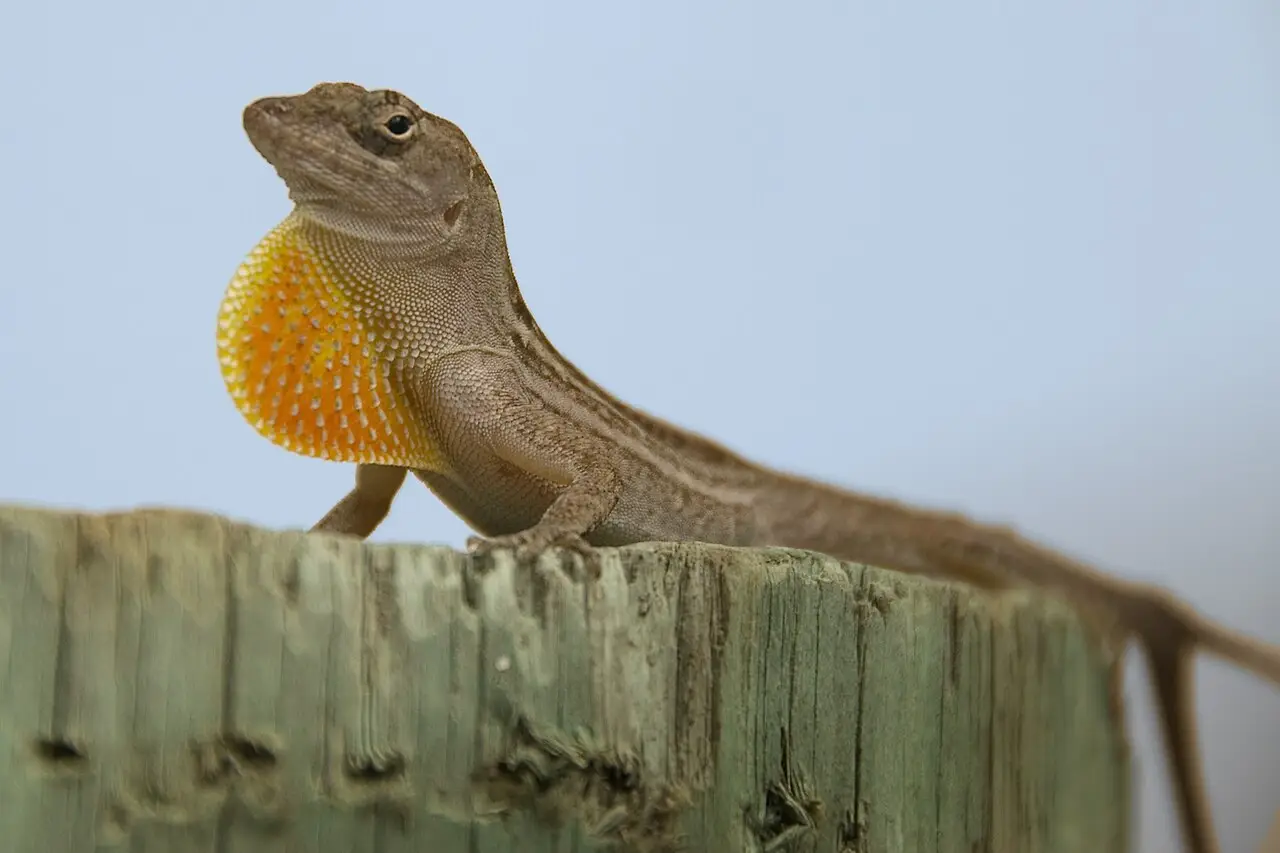
Additionally, certain types of lizards can change the color intensity or pattern on their skin to blend into their surroundings, providing camouflage from predators or potential threats. Lizard defenses are also worth mentioning when discussing behavior.
Some species possess potent venom that they use either for hunting prey or defending themselves against predators. For example, the Gila monster is one such lizard known for its venomous bite—something you definitely want to avoid!
Furthermore, when confronted with danger, many lizards resort to different defensive techniques such as puffing themselves up to appear larger than they actually are or shedding (autotomy) their tails as a distraction mechanism—a clever way to escape from predators. In terms of diet and feeding habits, lizards exhibit a wide range of preferences.
Some lizards are herbivores, feeding on plant matter such as leaves and fruits, while others are carnivorous, preying on insects, small mammals, or even other lizards. The Komodo dragon, the largest lizard species in the world, falls into this latter category.

Found primarily in Indonesia, these giants can consume large prey and exert a powerful bite thanks to their serrated teeth and venomous saliva. One interesting fact about lizards is that while they come in various shapes and sizes, they all share a common characteristic—being cold-blooded.
As ectotherms, lizards rely on external sources of heat to regulate their body temperature. This means that on colder days, you might find them basking under the sun’s rays to warm up their bodies for optimal functioning.
From their unique communication methods to their diverse diets and defense mechanisms, lizards prove themselves as an intriguing group of creatures within the animal kingdom. Whether you’re marveling at the legless lizards slithering across grasslands or observing native lizard species in different habitats around the world, one cannot help but appreciate these remarkable reptiles for their behavioral complexity and adaptability in our ever-evolving natural world.
Lizards as Pets: Considerations and Care
When it comes to choosing a pet, lizards can be quite intriguing. These scaly creatures offer a unique charm and make for fascinating companions.
However, before diving into the world of lizard ownership, there are several important considerations to keep in mind. First and foremost, it is crucial to research the specific species you are interested in.
Lizards come in various sizes, temperaments, and care requirements. Some native lizard species might be illegal to keep as pets, so ensure that you choose a suitable species that is legal to own in your area.
Popular choices for beginners include leopard geckos or bearded dragons due to their relatively easy care and docile nature. Understanding the habitat needs of your chosen lizard is vital for their well-being.
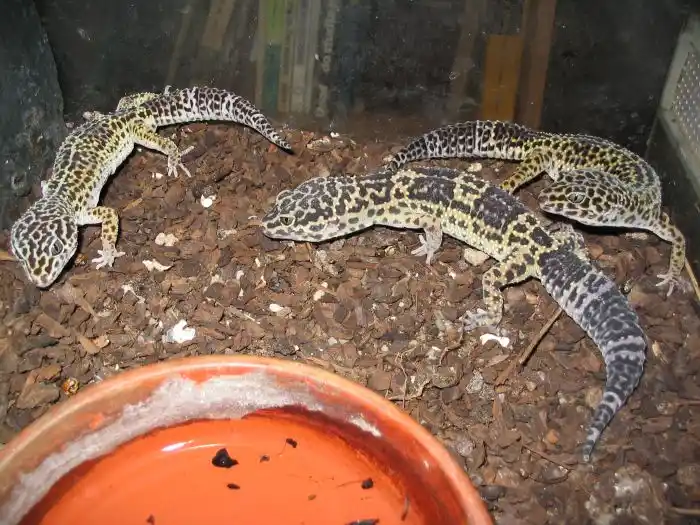
Different lizards have specific temperature and humidity requirements, so it’s essential to provide an appropriate enclosure with proper heating and lighting elements. For instance, cold-blooded lizards like bearded dragons need a basking spot with a heat lamp while also having cooler areas within the enclosure.
Feeding your pet lizard is another aspect that demands attention. Lizard diets can vary greatly depending on their species.
While some lizards may primarily consume insects or small vertebrates like mice or fish, others may thrive on a vegetarian diet consisting of fruits and vegetables. Always ensure that you provide proper nutrition by offering a balanced diet supplemented with vitamins and calcium.
Lizard behavior can also play a role in determining suitability as pets. Some lizards are naturally more docile and tolerate handling well, while others may be skittish or prone to aggression if they feel threatened.
It’s crucial to understand the natural instincts of your chosen species and handle them accordingly. Consider the long-term commitment involved in owning a lizard as pets.

Many lizard species have relatively long lifespans ranging from 10-20 years or even more depending on the species. It’s essential to be prepared for the responsibility of providing care, attention, and a suitable environment for your lizard throughout its life.
Owning a lizard as a pet can be an incredibly rewarding experience. However, it requires careful consideration and commitment to ensure the well-being of these unique creatures.
Researching the specific species, understanding their habitat needs, providing proper nutrition, considering their behavior traits, and being ready for the long-term commitment are all crucial steps in becoming a responsible lizard owner. With proper care and attention, lizards can make fascinating companions that bring joy and wonder into your life.
Threats and Conservation of Lizard Species
Lizards, like many other animal species, face a range of threats that endanger their survival.
Habitat loss and fragmentation due to human activities are among the primary concerns for lizard populations worldwide. As human populations expand, forests get cleared for agriculture, urban development encroaches on natural habitats, and mining operations disrupt delicate ecosystems that lizards rely on.

These activities leave lizards with fewer places to live and reduced access to essential resources such as food and shelter. Unfortunately, some lizard species are also hunted for various purposes.
Monitor lizards, known for their impressive size and strength, have been targeted for their skins or captured to be sold as exotic pets. This unrestricted hunting puts significant pressure on monitor lizard populations in many regions.
Another threat to lizard species is the introduction of non-native predators into their habitats. When invasive predators like feral cats or rats are introduced to an area where lizards reside, they can decimate local populations due to their predatory nature and lack of natural predators in the new habitat.
Climate change poses yet another challenge for lizards. As temperatures rise and weather patterns become more unpredictable, lizard habitats may experience significant alterations that disrupt their behaviors and life cycles.
Threats to lizards worldwide:
| Threat Category | Description |
|---|---|
| Habitat Loss | Destruction, fragmentation, or degradation of natural habitats due to human activities such as deforestation, urbanization, and agriculture. |
| Climate Change | Alteration of temperature and precipitation patterns, leading to habitat modification, reduced food availability, and disruption of reproductive cycles. |
| Invasive Species | Introduction of non-native predators, competitors, or diseases that can outcompete or prey upon native lizard populations. |
| Pollution | Contamination of air, water, and soil by pollutants such as pesticides, heavy metals, and industrial waste, which can directly harm lizards or their food sources. |
| Overexploitation | Unsustainable collection of lizards for pet trade, traditional medicine, or food, leading to population declines or localized extinctions. |
| Disease | Spread of infectious diseases, such as fungal infections or viral outbreaks, which can decimate lizard populations. |
| Human Disturbance | Direct disturbance by human activities, including habitat destruction, recreational activities, and road mortality. |
| Predation | Increased predation pressure by introduced predators or native predators responding to changes in ecosystem dynamics. |
| Genetic Hybridization | Hybridization between closely related lizard species due to habitat fragmentation or introduction of non-native species. |
| Legal and Regulatory Issues | Weak or inadequate legal protections, lack of enforcement, and insufficient conservation measures. |
This disruption can impact mating patterns, nesting sites availability, or even the availability of suitable food sources. Conservation efforts play a crucial role in mitigating these threats and protecting lizard species from extinction.
One important strategy is establishing protected areas where lizards can thrive without disturbance from human activities or invasive species interference. These protected areas provide safe havens for various lizard species by preserving their natural habitats.
Furthermore, raising awareness about the importance of lizards in ecosystems can encourage public support for conservation initiatives. Educating communities about how lizards contribute to pest control by preying upon insects reduces harmful pesticide use while promoting coexistence between humans and these reptilian inhabitants.

In addition to habitat preservation efforts, captive breeding programs have been successful in conserving some endangered lizard species. These programs allow for the restoration of populations through controlled breeding and reintroduction into the wild.
By closely monitoring and managing these captive populations, scientists can prevent genetic bottlenecks and ensure healthy genetic diversity. It is crucial that governments, organizations, and individuals come together to address the threats facing lizard species.
By taking action to protect their habitats, regulate hunting practices, control invasive species, and mitigate climate change impacts, we can secure a future where lizards continue to roam our planet’s diverse landscapes and contribute to the balance of ecosystems. Through concerted conservation measures, we can safeguard these remarkable creatures for generations to come.
Fascinating Lizard Facts and Myths
When it comes to lizards, there are plenty of intriguing facts and myths that have captured our imaginations. From their bizarre physical characteristics to their unique adaptations, these reptiles have garnered a reputation for being quite fascinating.
Let’s delve into some captivating facts and debunk a few common myths about lizards. One striking fact is that lizards come in a wide variety of sizes.
While most people may picture them as small creatures, there are actually some giants lurking in the lizard kingdom. The Komodo dragon, the largest lizard species, can grow up to 10 feet long and weigh over 150 pounds!

On the other end of the spectrum, the smallest lizard species, like the Jaragua Sphaero (Sphaerodactylus ariasae), can fit comfortably on your fingertip. Lizards also possess incredible adaptations that help them survive in different environments.
Take gliding lizards as an example. These remarkable creatures have developed special flaps of skin along their sides that enable them to glide through the air from tree to tree with ease.
Some notable gliders include Draco lizards or “flying dragons” found in Southeast Asia. Another myth surrounding lizards is that they have venomous bites like snakes.
While it’s true that some lizard species produce venom, such as the Gila monster and Mexican beaded lizard, not all lizards are venomous. In fact, only about 10% of lizard species possess this ability.
So rest assured, encountering a non-venomous lizard during your outdoor adventures is far more likely! Now let’s talk about their parenting skills — or lack thereof!
Contrary to popular belief that most reptiles abandon their eggs after laying them, many lizards display remarkable parental care tendencies. Some species guard their nests diligently until hatching occurs while others exhibit maternal care by protecting and even providing warmth for their eggs.
The armadillo lizard, for instance, rolls into a ball to protect its young when threatened. Lizards also communicate in interesting ways.

While they may not speak in human tongues or use Morse code, they rely on a variety of gestures and movements to convey messages. For example, head-bobbing is a common way for male lizards to assert dominance or attract mates.
Tail-flicking can serve as a warning signal when they feel threatened, and some species even change color as a means of communication. As we uncover these captivating facts and debunk myths about lizards, it becomes clear that these creatures have an important place in our natural world.
Their unique physical characteristics, adaptations, behaviors, and diverse species make them truly remarkable beings deserving of our admiration and protection. Whether you encounter them in the wild or choose to keep them as pets, there’s always something intriguing about these cold-blooded reptiles that continue to pique our curiosity.
Frequently Asked Questions
No, lizards are not dinosaurs. While both lizards and dinosaurs belong to the reptile group, they are distinct and separate categories. Dinosaurs were a diverse group of reptiles that lived millions of years ago during the Mesozoic Era. They had specific characteristics such as upright posture, bipedal or quadrupedal locomotion, and many species were large in size. Lizards, on the other hand, are a group of reptiles that exist today and have their own unique characteristics, including a different body structure, size range, and behavior. Despite some superficial similarities, lizards and dinosaurs have different evolutionary lineages and are not considered to be the same.
While some lizards possess venomous properties, the majority of lizards are not poisonous. It is important to note the distinction between venomous and poisonous. Venomous animals, including certain species of lizards such as the Gila monster and the Mexican beaded lizard, produce and deliver venom through specialized glands or structures. They use venom for self-defense or to incapacitate prey. However, most lizards do not possess venomous glands and are not capable of injecting venom. On the other hand, the term “poisonous” typically refers to organisms that produce toxins that can be harmful or lethal if ingested or touched. In general, lizards are not considered poisonous, meaning they do not produce toxins that pose a significant threat to humans or other animals. It’s worth mentioning that while many lizards are harmless, some may bite if they feel threatened, causing minor injuries or transmitting bacteria, but these instances are relatively rare and not related to toxicity.
Yes, the majority of lizard species are oviparous, which means they lay eggs. Lizards belong to the reptile group, and like other reptiles, such as snakes and turtles, they reproduce by laying eggs. Female lizards typically produce soft-shelled eggs that are deposited in a nest or a suitable location in the environment. The eggs are then left to develop and hatch externally, without any parental care. The exact reproductive process and egg-laying behaviors may vary among different lizard species, but egg-laying is a common characteristic among most lizards. It’s important to note that there are a few exceptions to this rule, as some species of lizards, such as the viviparous lizards, give birth to live young instead of laying eggs.
The conservation status of lizards varies greatly depending on the specific species and their respective habitats. While some species of lizards are indeed endangered, it is important to note that not all lizards are facing the threat of extinction. The International Union for Conservation of Nature (IUCN) assesses the conservation status of species worldwide. According to the IUCN Red List, numerous lizard species are categorized as endangered, vulnerable, or critically endangered due to factors such as habitat loss, climate change, pollution, invasive species, and human activities.
A lizard’s favorite food can vary depending on its species and natural habitat. Lizards are a diverse group with different dietary preferences. Here are some common food choices for different types of lizards:
1. Insectivorous Lizards: Many lizards primarily feed on insects, making them insectivorous. They may enjoy a variety of insects such as crickets, mealworms, flies, grasshoppers, and beetles.
2. Herbivorous Lizards: Some lizards have a plant-based diet and consume a variety of vegetation. Their favorite foods may include leaves, fruits, flowers, and tender shoots. Examples of herbivorous lizards include iguanas and some species of skinks.
3. Omnivorous Lizards: Certain lizard species have a broad diet and eat both plants and small animals. They may consume insects, small rodents, snails, slugs, fruits, and vegetables. Anoles and blue-tongued skinks are examples of omnivorous lizards.
4. Carnivorous Lizards: Larger lizard species, such as monitor lizards and some types of geckos, have a carnivorous diet. Their favorite foods may include small mammals, birds, reptiles, eggs, and invertebrates like spiders and scorpions.
It’s important to note that the specific dietary preferences of a lizard can depend on factors such as its size, habitat, and availability of food sources. Therefore, what constitutes a lizard’s favorite food can vary among different species and individuals.
Conclusion
Lizards are a fascinating group of cold-blooded reptiles that inhabit various habitats across the globe.
With their unique physical characteristics, diverse species, and intriguing behaviors, they capture our curiosity and admiration. From the smallest lizard species to the mighty monitor lizard, these creatures exhibit a range of adaptations that enable them to thrive in their respective environments.
Lizards have carved out homes in diverse locations around the world, from tropical rainforests to arid deserts. They have evolved unique defenses against predators such as camouflage or venomous bites.
Their ability to regenerate lost tails is nothing short of astounding. As we wrap up our exploration of these captivating reptiles, it’s evident that lizards play a vital role in ecosystems worldwide.
They contribute to insect control by feeding on pests that threaten crops and human settlements. Furthermore, they act as prey for larger predators, maintaining a delicate balance in nature’s intricate web.
While some lizard species face threats from habitat loss or human activities, conservation efforts are underway to protect these valuable creatures. By raising awareness about their importance and promoting responsible pet ownership practices for those who choose lizards as companions, we can ensure a brighter future for these incredible animals.
In closing, let us celebrate the rich diversity of lizards: from legless lizards slithering stealthily through grasslands to brightly colored chameleons changing hues in an instant. These ancient creatures have captivated humans for centuries with their awe-inspiring beauty and intriguing behaviors.


